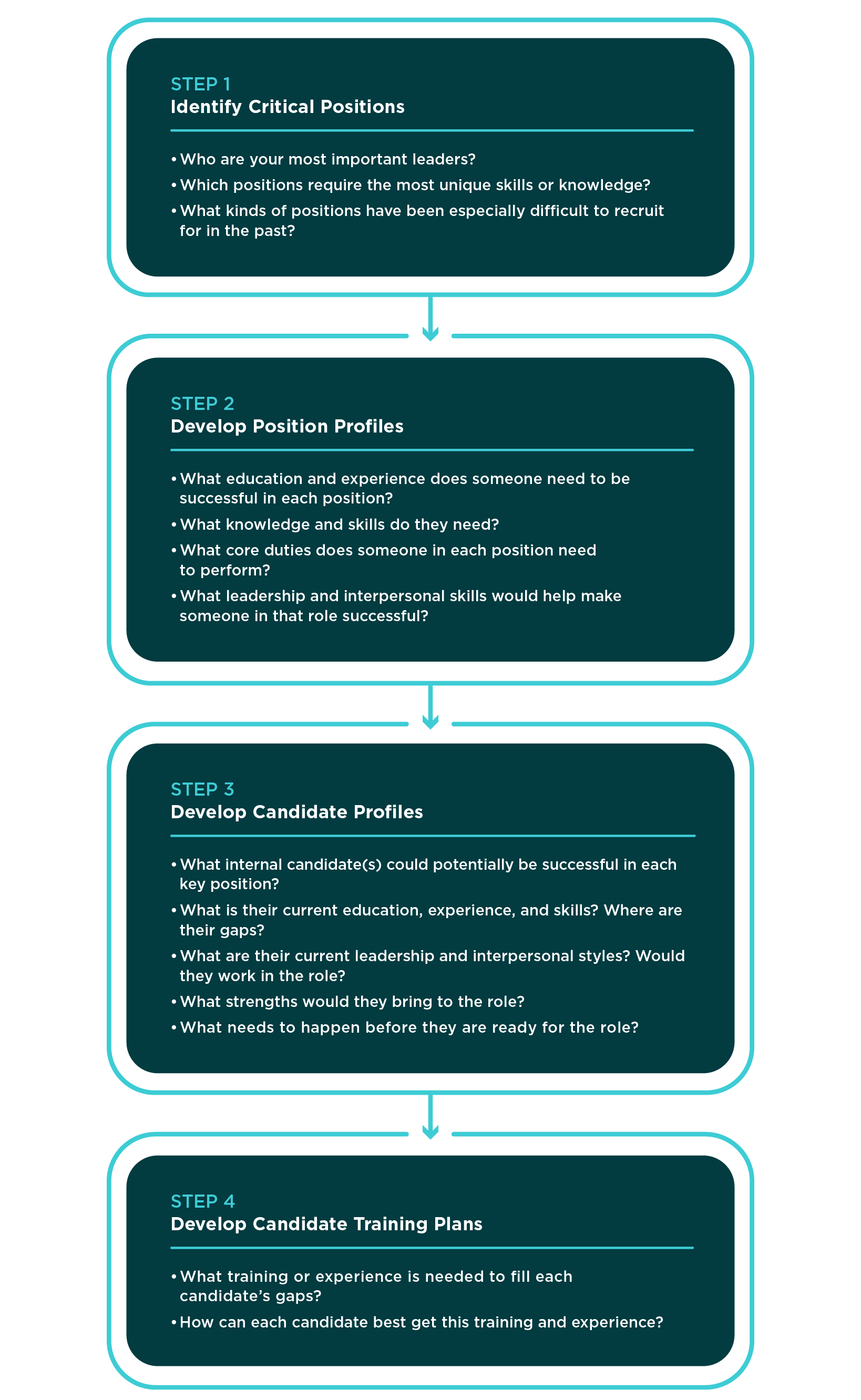
Key employees in local government often hold critical knowledge. When they leave, it can disrupt operations.

Succession planning helps mitigate this risk. Nantucket faced this challenge due to retirements and a competitive job market.

Partnering with Raftelis to develop a succession plan, the process involved identifying key positions, creating detailed position profiles, and developing training plans for potential successors.
When senior local government and utility employees leave, it can represent a loss of institutional knowledge and skills that can be difficult to replace. For employees in leadership roles, turnover can also lead to confusion or lack of direction.
Organizations can mitigate these risks with a robust succession plan. Succession planning is more important than ever to maintain effective services due to an aging workforce and strong private sector competition for local government agencies. A succession plan should identify critical positions within the organization where turnover poses the biggest risk of disrupting operations. Then the plan should develop pathways to fill these positions when they become vacant.
Nantucket, Massachusetts is an island community approximately 30 miles south of Cape Cod. The organization faces similar turnover challenges as other local governments around the country, with the added obstacles of extremely limited housing, a high cost of living, and a remote island location. In addition, when the Town approached Raftelis for assistance, several employees in leadership positions were approaching retirement. The Town government did not have a succession plan in place but recognized that without careful planning turnover of these key positions would have an outsized impact on Town operations. Nantucket took proactive action to mitigate this risk and worked with Raftelis to develop a succession plan for critical positions.
The Town is now using these training plans to implement targeted employee development that helps prepare staff for higher level roles. The succession plan is also designed to be updated regularly as new key succession positions or candidates emerge. Nantucket’s experience can provide a blueprint for other organizations faced with turnover challenges but without a robust succession plan in place.
